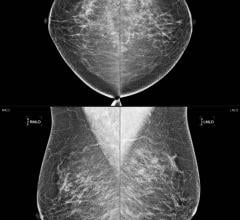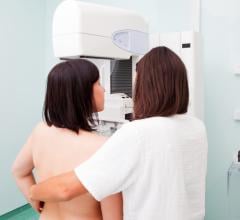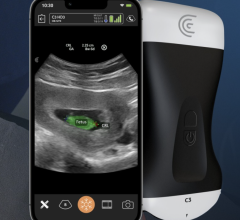
Digital Breast Tomosynthesis: ajronline.org
August 4, 20009 - Use of the combination of digital breast tomosynthesis and full-field digital mammography (FFDM) was associated with a 30 percent reduction in recall rate for cancer-free examinations that would have led to recall if FFDM had been used alone, reported a study published in American Roentgen Ray Society.
Researchers concluded that the use of digital breast tomosynthesis for breast imaging may result in a substantial decrease in recall rate.
The researchers' objective was to compare in a retrospective observer study the diagnostic performance of FFDM with that of digital breast tomosynthesis.
Eight experienced radiologists interpreted images from 125 selected examinations, 35 with verified findings of cancer and 90 with no finding of cancer. The four display conditions included FFDM alone, 11 low-dose projections, reconstructed digital breast tomosynthesis images, and a combined display mode of FFDM and digital breast tomosynthesis images. Observers rated examinations using the screening BI-RADS rating scale and the free-response receiver operating characteristic paradigm. Observer performance levels were measured as the proportion of examinations prompting recall of patients for further diagnostic evaluation. The results were presented in terms of true-positive fraction and false-positive fraction. Performance levels were compared among the acquisitions and reading modes. Time to view and interpret an examination also was evaluated.
Researchers found that a combined use of digital breast tomosynthesis and FFDM was associated with 30 percent reduction in recall rate for cancer-free examinations that would have led to recall if FFDM had been used alone. Use of digital breast tomosynthesis alone also tended to reduce recall rates, an average of 10 percent, although the observed decrease was not statistically significant (p = 0.09 for the participating radiologists). There was no convincing evidence that use of digital breast tomosynthesis alone or in combination with FFDM results in a substantial improvement in sensitivity.
For more information: www.ajronline.org/cgi/content/abstract/193/2/586


 July 29, 2024
July 29, 2024 








